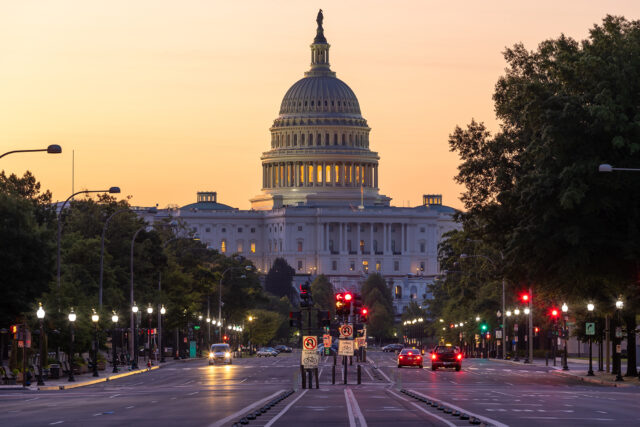
Don’t Raise the Debt Ceiling; Eliminate It
Alicia H. Munnell is a columnist for MarketWatch and senior advisor of the Center for Retirement Research at Boston College.
The country needs a debate about spending and taxes, but not whether to pay our bills
For the second time in two years, the nation’s economy is being held hostage to a political debate about the debt ceiling. As the President has reiterated time and again, raising the debt ceiling does not authorize any new spending, but rather simply allows us to pay our bills for expenditure decisions already made. The country does need to have a debate about spending and taxes, but not whether we should pay our bills. And budget mechanisms – such as pay-go financing – can be really helpful in keeping our books balanced. But the debt ceiling imposes no discipline on those important decisions and simply serves as a provision that can be exploited for political purposes by the opposition party each time the country comes close to hitting it. The debt ceiling should not be raised; it should be eliminated.
Just to refresh your memory, consider what happened during the last debt ceiling crisis in 2011. The President and the Congress debated until the last moment and then finally announced a deal on July 31, which was signed into law on August 2nd. Three days later, Standard & Poor’s downgraded the credit rating of U.S. government bonds. Markets around the world then experienced their most volatile week since the 2008 financial crisis, with the Dow Jones plunging 5.6 percent in one day. Because interest rates have remained so low, it is hard to argue that the crisis seriously impacted the nation’s borrowing costs, but repeated near misses will inevitably increase the cost of raising money.
This time, despite hardline rhetoric, the players are likely to do the same thing – debate until the last minute and then settle. But what if they don’t settle? Currently, federal receipts cover only about 70 percent of spending. So, if the nation hits the debt ceiling, total spending will have to be cut by about 30 percent immediately. If that were done across the board, Social Security benefits, foods stamps, military pay, and interest on the national debt would all have to trimmed by about 30 percent. If the decision were made to pay Social Security, Medicare, Medicaid and interest on the national debt, then all the rest of national spending would have to be cut close to zero. In any case, a 30-percent cut in federal expenditures is equal to a 7-percent contraction in GDP, with the possibility of throwing the economy back into recession. On the financial side, despite the fact that interest rates were unaffected the last time around, if our lenders see default being used as a regular gambit, they may well demand much higher rates on our debt.
These nasty outcomes are possible because a historical relic is being used once again as a political football. Prior to 1917, Congress had to approve every issuance of debt. With the advent of World War I, Congress decided to simplify the process and set a limit below which the Treasury could borrow the money deemed necessary. A debt ceiling can serve some disciplinary function when the government is small and discretionary spending accounts for a large share of the budget. But in an era where the major growth in spending comes from mandatory programs such as Social Security, Medicare and Medicaid, the debt ceiling can have little impact on budget decisions.
It is time to get rid of the debt ceiling. It adds nothing in the way of fiscal discipline and is redundant once the spending and tax decisions have been made. Virtually no other country has such a provision. Let’s catch up with the rest of the world and take one distraction off the table in our tortured budget deliberations.







